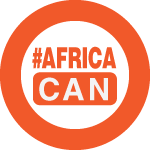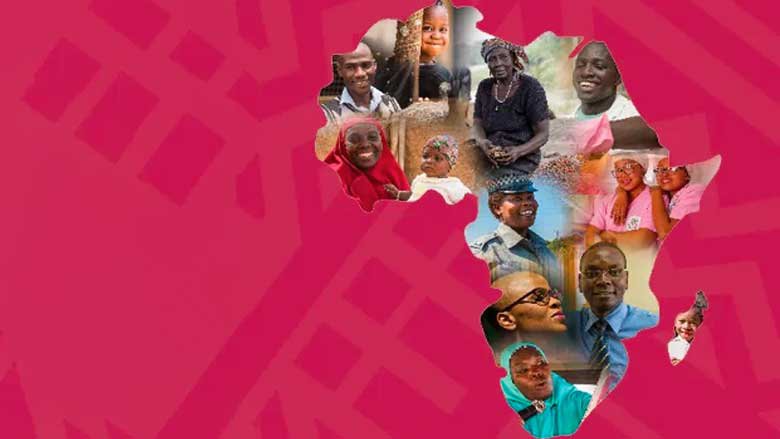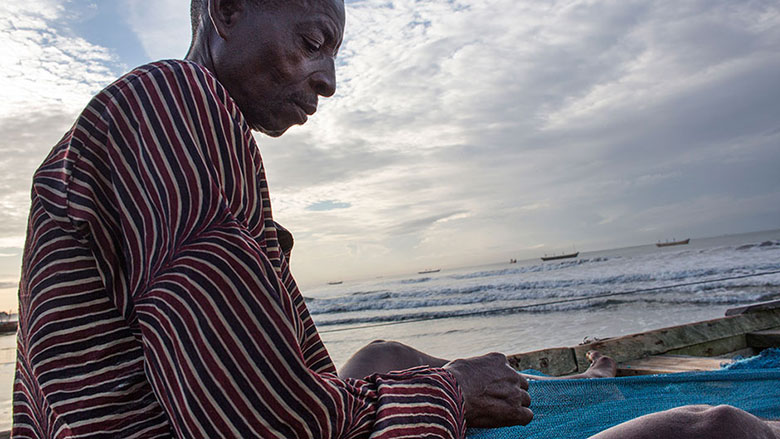Sao Tome and Principe has been a multiparty, semi-presidential, democratic system since its independence, and it has been a model for the democratic transition of power in Central Africa. The Independent Democratic Action (ADI) party, which holds 30 out of 55 parliamentary seats, has been mandated to govern from 2022 to 2026.
Economy
Sao Tome and Principe (STP) is a small, lower-middle-income country, composed of two islands of approximately 960 square km. Despite its size and remote location, it has a significant untapped natural wealth, including pristine rainforests with a rich and unique biodiversity, which is favorable for nature-based tourism.
The country faces structural challenges typical of small, remote countries. Its small size and low population of about 240,000 limits the development of large-scale economic activities, resulting in a small and undiversified productive base. Its remoteness and insularity increase trade costs and make it more vulnerable to terms-of-trade and climate shocks. Despite a GDP per capita of about $3,245, the country faces significant socio-economic vulnerability, due to elevated poverty, income inequality (Gini index of 40.7), and a lack of employment opportunities, which, in turn has been contributing to rising emigrations levels. Up to 45% of the population was living on less than $3.65 per day (2017 PPP), the international poverty line for lower-middle income countries.
The business environment is hampered by weak infrastructure, particularly costly, unreliable electricity, fragile institutions, limited connectivity, and the islands’ high vulnerability to climate shocks. Public finances are strained by the high cost of providing public services due to lack of scale in the provision of public goods, compounded by low domestic revenue mobilization and declining external financing.
Sao Tome and Principe's development has been driven by externally financed public expenditure, but this growth model has become unsustainable due to the structural decline and volatility of grants. To grow sustainably, STP needs to promote a private sector-led growth model focused on improving human capital, infrastructure, and the business environment to unleash its potential.
Recent developments and outlook
Real GDP growth is estimated to have recovered from 0.4% in 2023 to 0.9% in 2024, supported by increased electricity generation and tourism rebound. However, limited foreign currency and tight fiscal consolidation constrained economic activity, making this recovery insufficient to boost real income per capita. Growth is expected to accelerate with reforms, reaching 3.1% in 2025 and averaging 4.5% in the medium term, driven by agricultural exports, infrastructure investments, tourism, and energy sector reforms.
Annual inflation averaged 14.5% in 2024, down from 21.4% in 2023, but stagnated towards the end of the year. Sluggish growth and high inflation continued to strain households’ purchasing power, leaving 15.8% of the population on less than US$2.15/day. Inflation is projected to average 9.6% in 2025 and stabilize at around 5% in the medium-term, as reforms alleviate supply bottlenecks and monetary policy remains tight. With tight macroeconomic policies and weak job creation, poverty reduction is expected to be limited over the next few years.
With IMF program support, the primary balance is expected to rise from 1.8% of GDP in 2024 to 3.9% by 2027. Revenues, including grants, are projected to remain stable, with expenditures set to drop (while preserving social spending). Central government debt to the National Fuel and Oil Company, ENCO—excluding debt owed by the Power and Water Company, EMAE—is expected to decline from 45.7 to 31.6% of GDP in 2024–27. However, the contingent liabilities of EMAE’s debt are expected to stay high, projected at 24% of GDP by 2027.
The external sector strengthened in 2024, with the current account deficit decreasing to 1.8% of GDP in January-September 2024 from 11.1% in the same period of 2023. Tourism exports nearly doubled, which, along with higher cocoa prices and lower fuel imports, reduced the trade deficit from 16.3 to 8.5% of GDP. Import coverage of international reserves rose in the second half of the year, supported by disbursements from the IMF, World Bank, and Portugal.
Despite declining foreign official transfers, a reduced trade-in-goods deficit, mostly from lower fuel imports, is expected to decrease the current account deficit from 10.8 to 5.7% of GDP over 2024-2027. Combined with temporary capital flow management measures, this is expected to bolster international reserves.
The economic outlook is subject to considerable uncertainty and downside risks. Delays in the implementation of urgent reforms could further undermine the government's fiscal position and foreign exchange reserves. The reduced availability of external financing, continued disruption of global supply chains, and climate-related events could weaken STP's prospects for growth and further impede poverty reduction.
Last Updated: Apr 11, 2025








